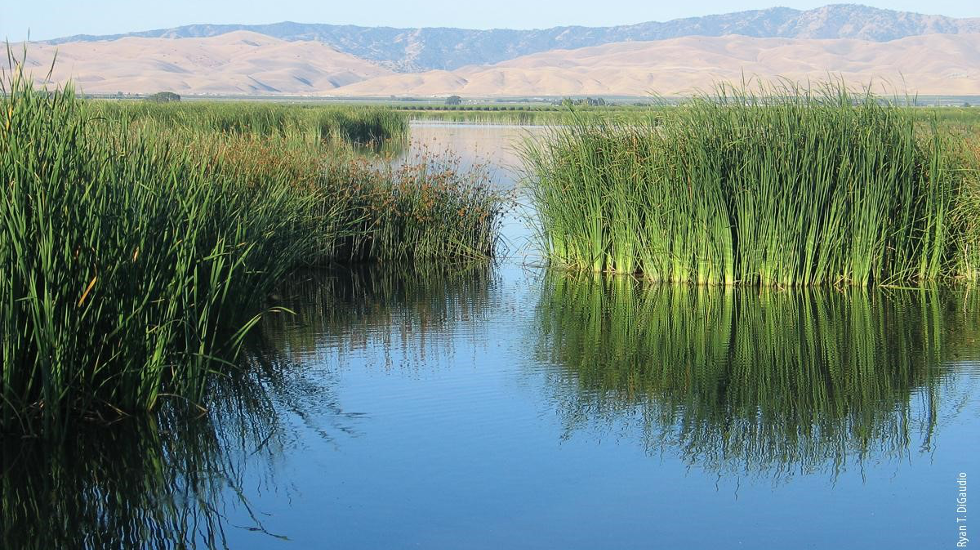
The drought that spanned 2013 to 2015 was the most severe in recent history for California’s Central Valley, significantly shrinking the habitat used by waterbirds. Without environmental groups, landowners, and state agencies working together through incentive programs, the harm would have been much worse.
That’s a major takeaway from new research released through the Migratory Bird Conservation Partnership and published in PeerJ — the Journal of Life and Environmental Sciences. Research scientists from Point Blue Conservation Science and The Nature Conservancy used satellite imagery in this study, showing that the 2013 to 2015 drought reduced the amount of waterbird habitat on flooded agricultural lands and wetlands by 30 to 80 percent, with the greatest losses in the southern Central Valley.
They also document how incentives proved vital during this period. Through BirdReturns, the Waterbird Habitat Enhancement Program, and other incentive programs, farmers are paid to flood rice or other crop fields to provide birds with temporary habitat when and where they need it, essentially creating pop-up wetlands. The two programs named above accounted for up to 61 percent of habitat available to waterbirds on fall days during the drought. On some winter days, up to 100 percent of available habitat came from these programs.
The ability to flood fields and create habitats at key moments is a much-needed means to sustain waterbirds in times of severe drought, a phenomenon that climate scientists project may become more frequent over the next century.
The S. D. Bechtel, Jr. Foundation is pleased to fund the work of the Migratory Bird Conservation Partnership, as well as BirdReturns and the Waterbird Habitat Enhancement Program. Now in its tenth year, the Partnership comprises Audubon California, Point Blue Conservation Science, and The Nature Conservancy.
We invite you to read the complete study: “Impact of extreme drought and incentive programs on flooded agriculture and wetlands in California’s Central Valley.”
You can also access an infographic summarizing report findings.
